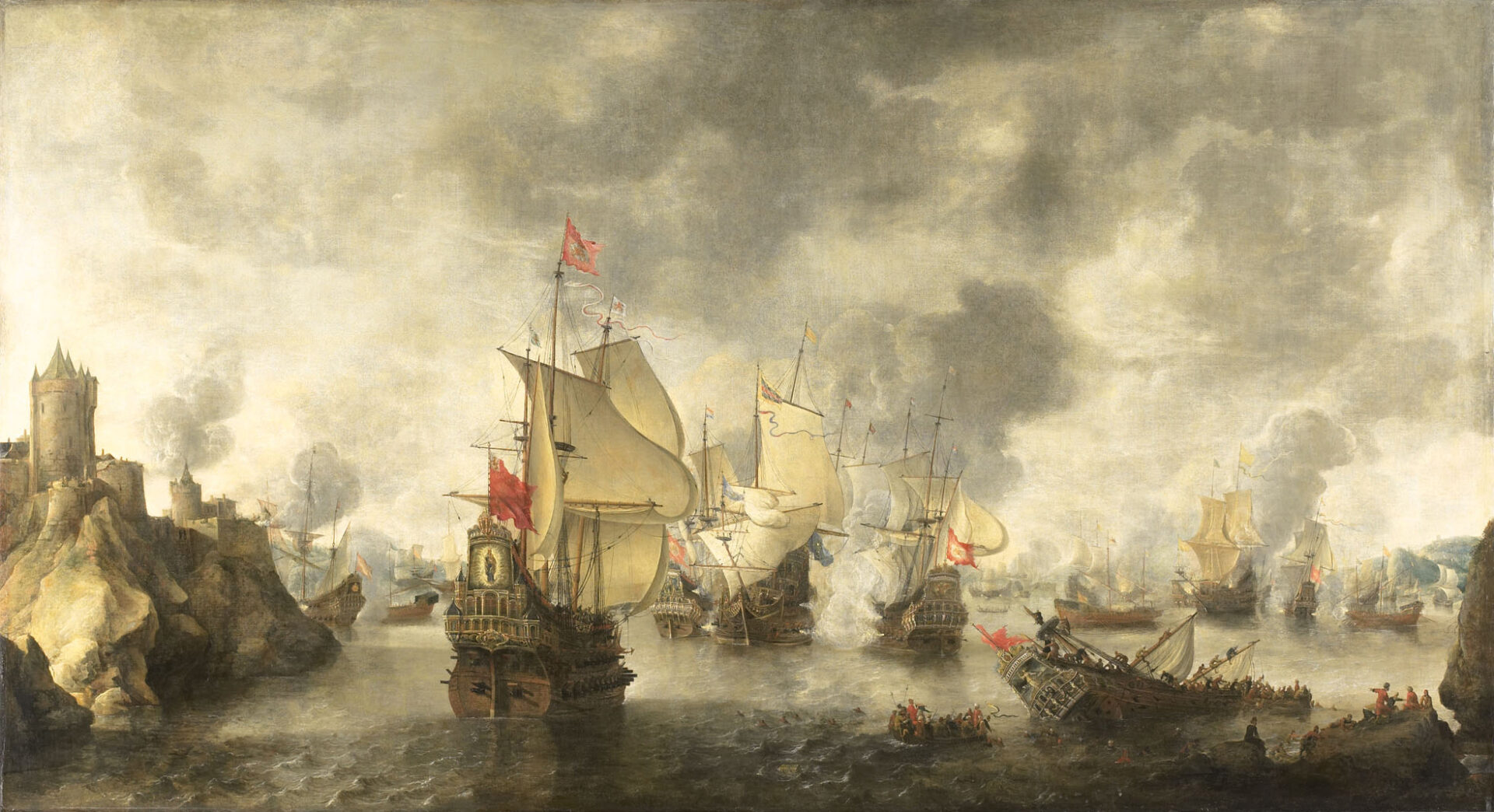
Fall of Crete (1645–1669) and impact on Zakynthos

The Fifth Ottoman–Venetian War was fought over the island of Crete, Venice’s largest and richest overseas possession. The war lasted from 1645 to 1669 and was fought in Crete and the seas surrounding it. Most of Crete was conquered by the Ottomans in the first few years of the war, but the fortress of Candia (modern Heraklion), the capital of Crete, resisted successfully until 1699. Many Cretans chose to flee rather than submit to the Ottomans, seeking refuge in other parts of Venetian-ruled Greece and Venice itself. The Ionian Islands, primarily Zakynthos and Corfu, and to a lesser extent Kythera acted either as a place of refuge or a stopover towards Venice. The demographics, social structure, spiritual and artistic development of Zakynthos were significantly impacted by the Cretan War.
Zakynthos received its first wave of refugees mainly from the areas of Chania and Rethymno during the early years of the Cretan War. The siege and fall of Candia in 1669 marked the beginning of a new refugee wave which lasted until the early 18th century. The demographic changes were significant. A Venetian official, Antonio Bernardo reported to the Venetian Senate on May 25, 1670 that the island’s population increased by 3,500 ‘souls’ from an existing population of around 24,000 people.
A significant proportion of the Cretan refugees to Zakynthos were from the upper social strata of Crete and had either Venetian or Cretan titles of nobility and Cittadini status. The Venetian authorities sought to have these titles recognised where these noble Cretan refugees settled including Zakynthos. Additionally, these refugees sought and joined the Community Council, which created tension and engendered strong reactions by the pre-existing Zakynthian upper social strata. Amongst these noble Cretan refugees were the paternal ancestors of Dionysios Solomos. Most of the Cretan refugees to Zakynthos came from urban Crete and so primarily settled in Zakynthos town, in the Castle and the Borgo della marina (the central part of Zakynthos town is today) and its surroundings, rather than in the countryside. The main settlement in Zakynthos town was the southern edge of the town. This district, which was known as Neochori or Benardakaiika, existed until it was destroyed by the great earthquake of 1953. Many of the Cretan refugees sought to re-form their guilds in Zakynthos if there were sufficient guild members among the refugees or they joined pre-existing guilds in Zakynthos. This contributed to the preservation of artistic and craft skills from the Cretan Renaissance period to Zakynthos and Corfu and later modern Greece.